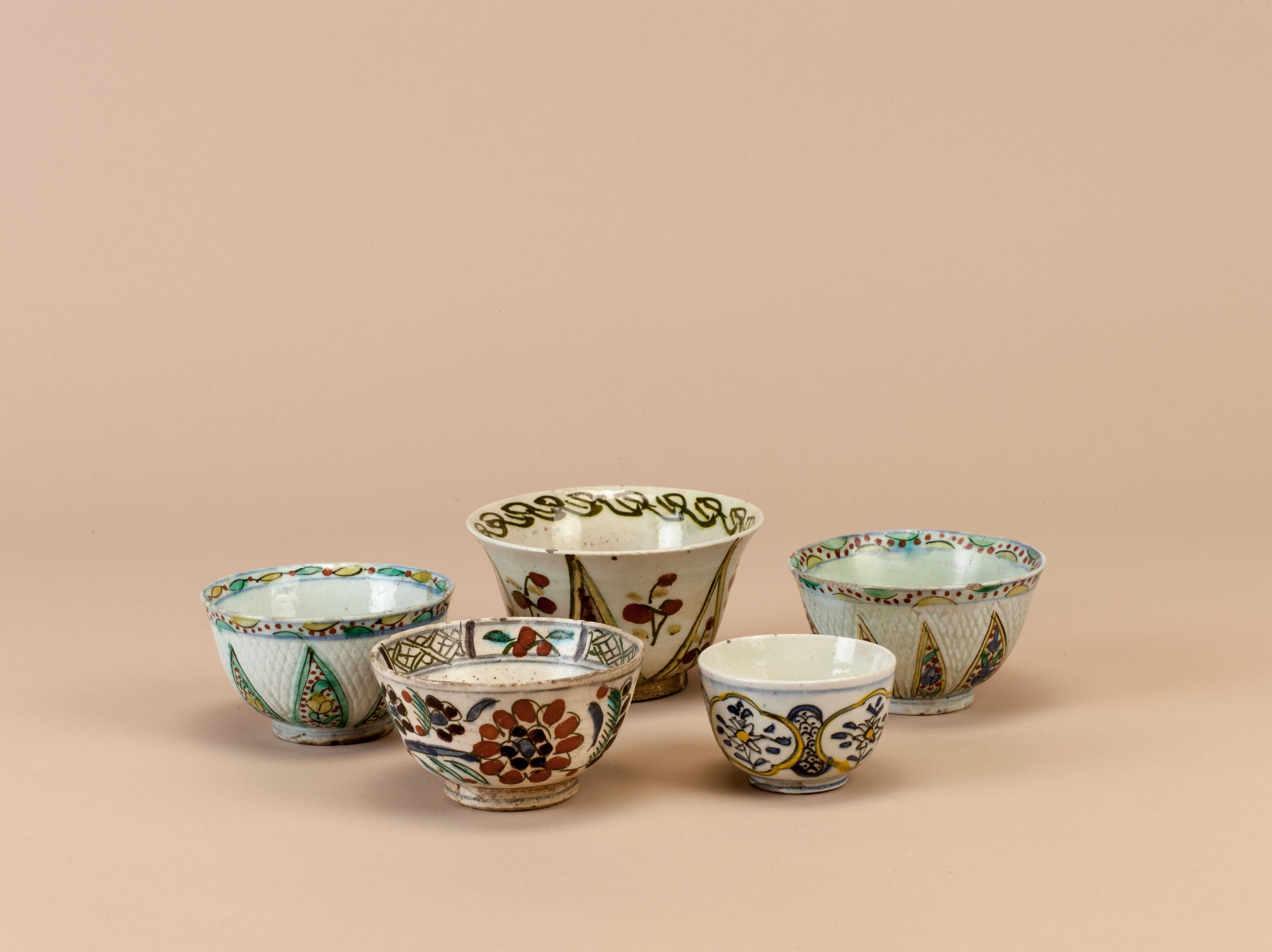Director: Sergey Parajanov
Cast: Ivan Mykolaichuk, Larisa Kadochnikova, Tatyana Bestayeva, Spartak Bagashvili
Soviet Union, 1964, 92', color
Russian with Turkish subtitles
Parajanov stunned world audiences in 1964 with his Shadows of Forgotten Ancestors, popularly known as the Romeo and Juliet of the Carpathians. The film is set among the Hutsul people of the Western Ukraine, an isolated ethnic group who live in the upper reaches of the mountain range. Their lives take place within a harsh environment and an ornate cultural system little changed since the 18th century. The film was Parajanov's first major work and earned him international acclaim for its rich use of costume and color. It based on the classic book by Ukrainian writer Mykhailo Kotsiubynsky.
Free admissions. Drop in, no reservations.

in collaboration
Trailer

Coffee was served with much splendor at the harems of the Ottoman palace and mansions. First, sweets (usually jam) was served on silverware, followed by coffee serving. The coffee jug would be placed in a sitil (brazier), which had three chains on its sides for carrying, had cinders in the middle, and was made of tombac, silver or brass. The sitil had a satin or silk cover embroidered with silver thread, tinsel, sequin or even pearls and diamonds.
Tuesday - Saturday 10:00 - 19:00
Friday 10:00 - 22:00
Sunday 12:00 - 18:00
The museum is closed on Mondays.
On Wednesdays, the students can
visit the museum free of admission.
Full ticket: 300 TL
Discounted: 150 TL
Groups: 200 TL (minimum 10 people)